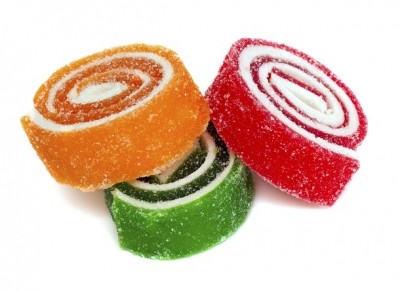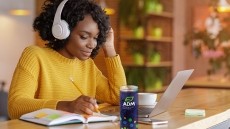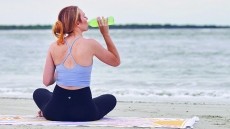Global divide over natural color regulation
On both sides of the Atlantic coloring in food and beverages is subject to regulation – in the US by the Food and Drug Administration's (FDA) and in Europe by the European Commission.
Both ensure that color additives are safely and appropriately used but a color that is deemed “natural” or “artificial” in the US does not always have the same status in Europe, raising issues for the food industry.
Colorant company DD Williamson points out that the EU and USA recognize the term artificial color differently. In the EU artificial color is an acceptable reference to what is recognized in the US as "color additives subject to certification", "certified colors", "Food, Drugs & Cosmetics (FD&C) colors", or "synthetic colors".
And the color additives that the industry informally refers to as 'natural' colors are technically recognized by the FDA as "color additives exempt from certification" or less formally as "exempt color additives" or "naturally derived color additives".
Consumer confusion
Jennifer Guild, global food science and regulatory manager at DD Williamson, said that according to the FDA, almost all added colors result in an artificially colored food. So it would object to the declaration of any added color as ‘natural’ in the ingredient statement unless the color additive is inherent to the product.
An example of this is elderberry ice cream containing added color from anthocyanins isolated from elderberries. The added color would be considered natural since the elderberry color would be expected in an elderberry ice cream. However, if the ice cream were colored with anthocyanins isolated from purple sweet potato, the added color would be considered artificial, as the consumer would not expect color from purple sweet potato in a product called elderberry ice cream.
This means that it is not always clear to a consumer reading an ingredient statement when a product contains a color additive that has been naturally derived.
Guild said: “Although the USA FDA suggests the declarations, “Color Added”, “Colored with…”, or “…(Color)" as alternatives to the declaration of "Artificial Color" in an ingredient statement, it is not acceptable to identify a naturally derived color additive as "natural color".
“This potential for confusion and misinterpretation of a label by a consumer is limiting to the food manufacturer that uses naturally derived color additives and does not want to disclose the source of coloring.”
She said: “It is essential that we learn to appreciate the language of color additives and how this language can change depending on the region in which you are working.”
Another issue is the different sources for isolating naturally derived coloring that are approved in the various global regions.
An example is sodium copper chlorophyllin which is currently only approved in the USA for use in citrus-based dry beverage mixes, while in the EU it is allowed to color many more food and beverage applications. And lutein is allowed for use as a food and beverage color additive in the EU but not in the USA.
Stricter regulation
Regulation in Europe is tightening following research into artificial colors and the US may follow suit. The Southampton study, which was published last September in The Lancet, found that a concoction of artificial colors led to hyperactivity in children. Now the European Parliament has adopted a legislative package that is expected to see products containing any of six artificial colors come with a health warning.
Foods containing tartrazine, quinoline yellow, sunset yellow carmoisine, ponceau 4R and allura red will have to be labeled “may have an adverse effect on activity and attention in children”.
The European Food Safety Authority (EFSA) reviewed the Southampton study and was of the opinion that there is no evidence to change acceptable daily intakes (ADIs).
However it is currently in the process of reviewing scientific evidence on the safety of all colorings. This would include those in the Southampton study and also all natural colors that have been approved.
EFSA is the commission’s independent risk assessor but the legislative body is under no obligation to act in accordance with its opinions.
Calls for a ban
Meanwhile the US-based Center for Science in the Public Interest has petitioned the FDA to ban artificial colorings that are linked to hyperactivity and behavior problems in children. It has also asked the FDA to require a warning label on foods with artificial dyes, while a ban is considered.
The CSPI cites FDA statistics that the amount of food dye certified for use was 12 milligrams per capita per day in 1955 whereas in 2007, 59 mg per capita per day, or nearly five times as much, was certified for use. It said that artificial dyes are particularly prevalent in the sugary cereals, candies, sodas, and snack foods pitched to children.
But again, exactly what is meant by the term “artificial color” depends on which side of the Atlantic you are standing.













